 david f Wed Sep 06, 2017 12:08 pm
david f Wed Sep 06, 2017 12:08 pm
And the display commentary if you missed it!
MODEL SUBMARINE DISPLAY COMMENTARY- ASSOCIATION OF MODEL SUBMARINERS
The display today is by David Forrest, Paul Brassington and John Wrennall who are members of 3 different model boat clubs but also members of the Association of Model Submariners (AMS).
This is typical of how the AMS operates as a special interest group which unites members of many model boat clubs.
The display helps to show the evolution of the submarine from a curious oddity of the Victorian age to the present immensely powerful capital ship.
The first submarine we will describe is R39 built by Paul Brassington.
R39 is loosely modelled on the British S and T class boats which were used before and during the Second Word war. It is more of an experimental working model, having had many alterations in its 56 years history. They include several unscheduled sinkings totalling eight days on the bottom.
The watertight deck is sealed with silicon sealant and pressure tested before sailing.
The radio , depth control, auto levelling, automatic gas release and marker buoy are all home brew.
To blow the single tank there is an air pump in the bow and a canister of Air Brush gas when totally submerged.
Two banks of 4 point 8 volt batteries in parallel power the eleven electric motors in the model unless extra speed is needed for the driving motors when the cells are switched to series to give 9 point 6 volts.
To keep the model in good working order and water tight a fair amount of regular servicing is required to ensure you enjoy the sail and to this end all the components are fully accessible.
The second submarine today is the “Holland” (named after her American inventor John Holland. The model is scratch-built by David Forrest.
She was known in the Royal Navy as the “Holland” but she is officially HM Submarine Number 1. She was laid down in February 1901 and launched in October 1901 at Vickers Shipyard, Barrow. She was built in a so-called “Yacht Shed” under the greatest secrecy. The Royal Navy had a dominant surface fleet and so were slow to develop submarines but eventually felt compelled to experiment with them.
She was designed by the brilliant Irish American inventor John Holland but had some notable British additions such as the periscope. This early periscope was stowed externally on the deck and, unfortunately, the periscope image turned upside down as you turned the periscope!
She had a petrol engine plus electric motors. (This started the classic combination of internal combustion engine plus electric motors used until the introduction of nuclear power. ) Her speed was 7 knots, Range 250 nautical miles and maximum diving depth of 100 feet. Time to dive 2 to 10 minutes.
She was a very successful introduction and together with all her 4 sisters of the Holland class (and unlike many pioneering submarines) never killed a sailor on either side!
She sank off the Eddystone on the way to the breakers in 1913 but was recovered in 1981 and can be seen today at the RN Submarine museum, Gosport.
The model is as of 1904, hull in glassfibre, Scale 1 to 32. Fitted with brushless motor, proportional piston ballast tank and 458Megaherz openLRS radio control.
John Wrennall's Graupner Shark highlights the difficulty newcomers to model subs have in obtaining easy to operate, low cost models.
The Graupner shark kit, is very popular but unfortunately has now been discontinued.
She is a very quick and agile dynamic diver and GREAT fun to operate. (Dynamic means that she dives without needing a ballast tank.)
This particular model is at least 9 years old and is now on it's second set of batteries.
If the water is deep enough then it can be made to jump its own length out of water.
Eight years of repairs to date: replace lost fin, lost propellor and a frayed top seal.
John wishes he could get another one....(or two)!
She is always the first sub in and the last sub out of the pond!
A final word about the Association of model submariners.
Model submarines are interesting and challenging. They use complex mechanical devices and electronics. The challenge being to keep the water out!
The AMS was founded by Roger Serpell in 1982 as the first group in the world to help support model submariners
Roger could see that model submariners were a small sub-section of model boat builders who are spread widely throughout the world. They were initially supported by membership and by a magazine.
Membership is now free and support is much more effectively provided via the Internet.
We currently have 680 members on our Forum worldwide.
We encourage all kit builders and scratch builders of model submarines in both static and radio control versions.
Thank you very much! We hope that you enjoyed the show!
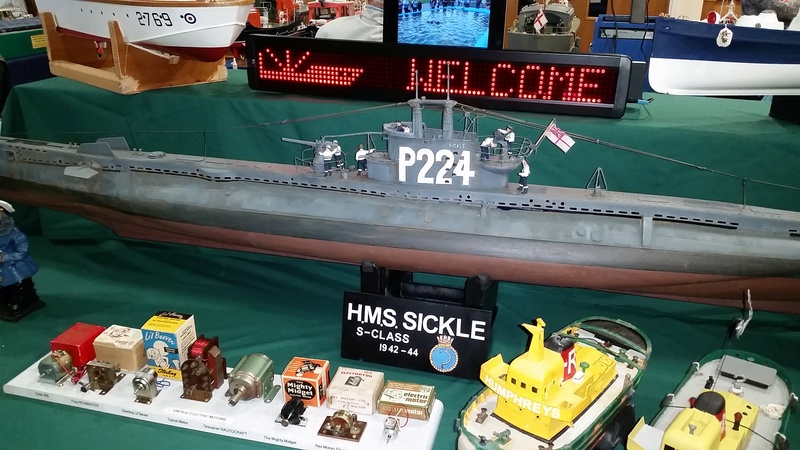
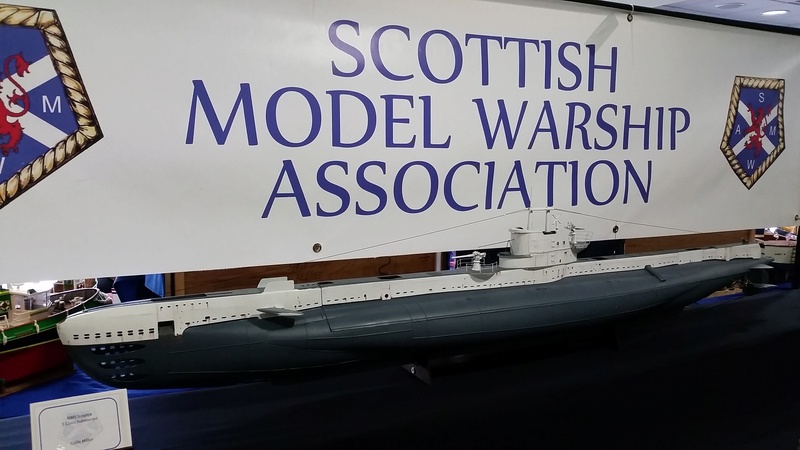
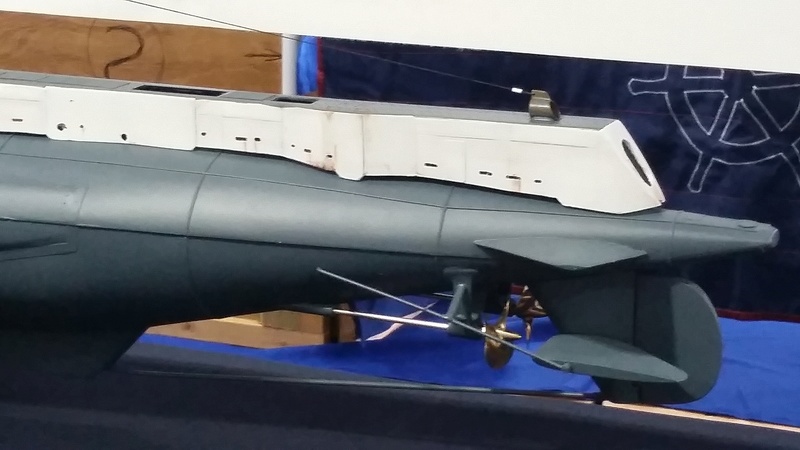


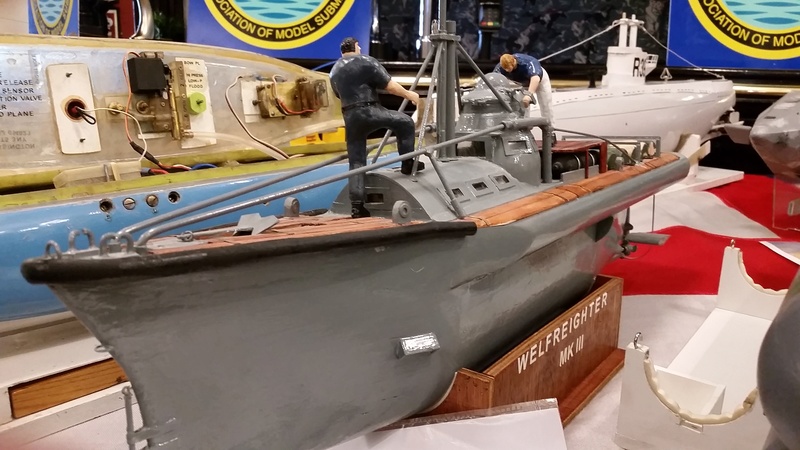
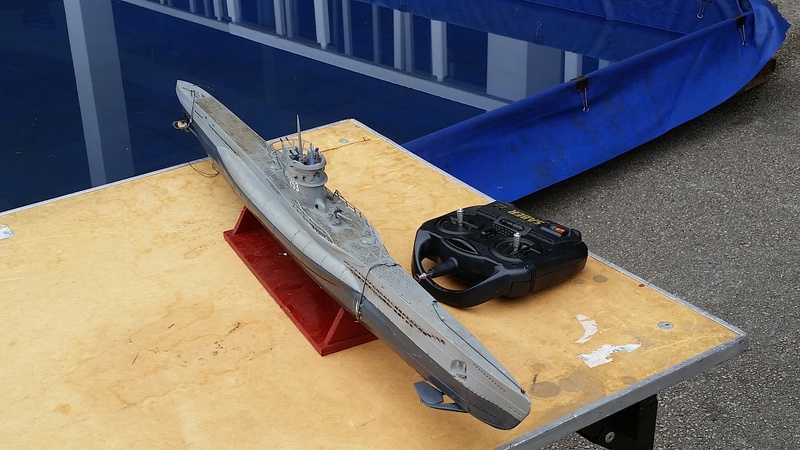

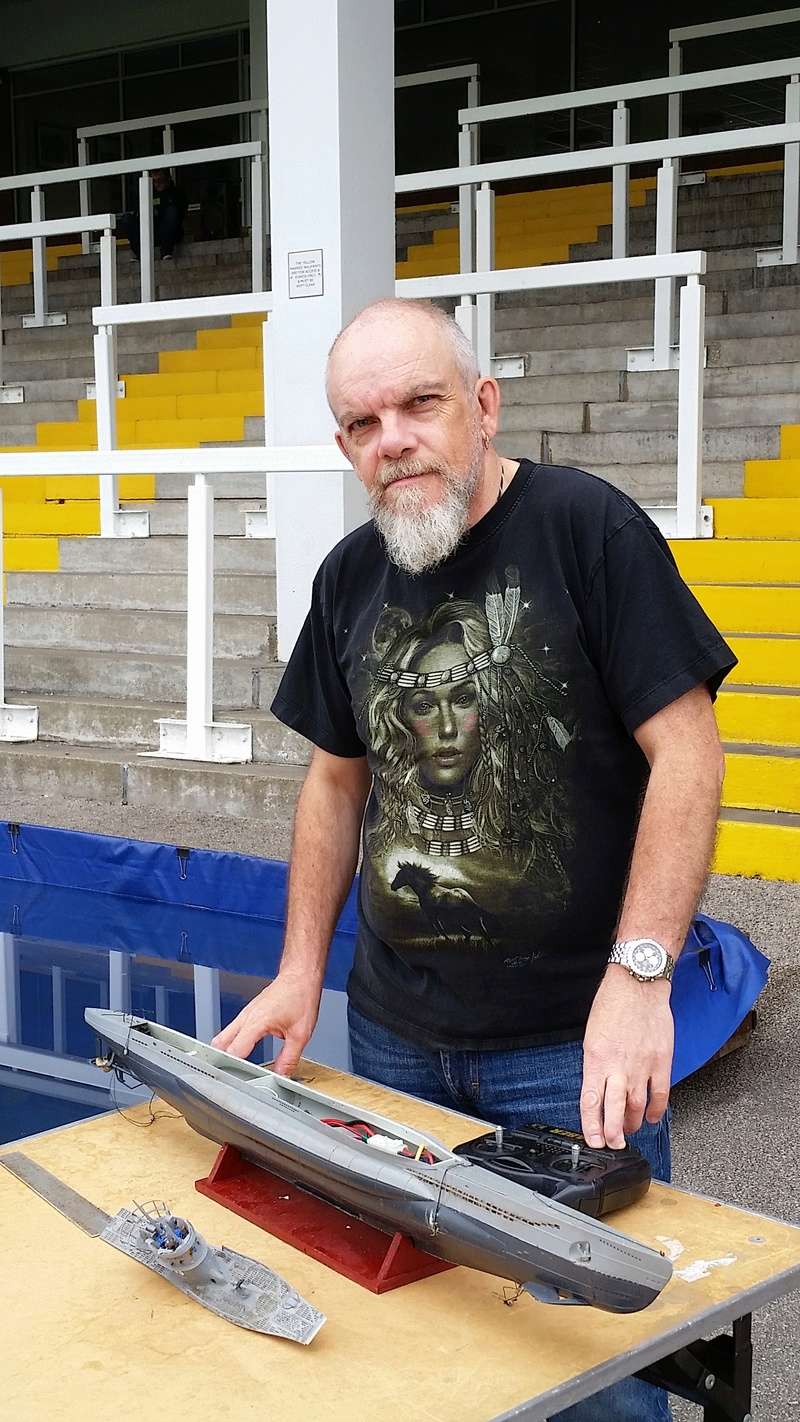
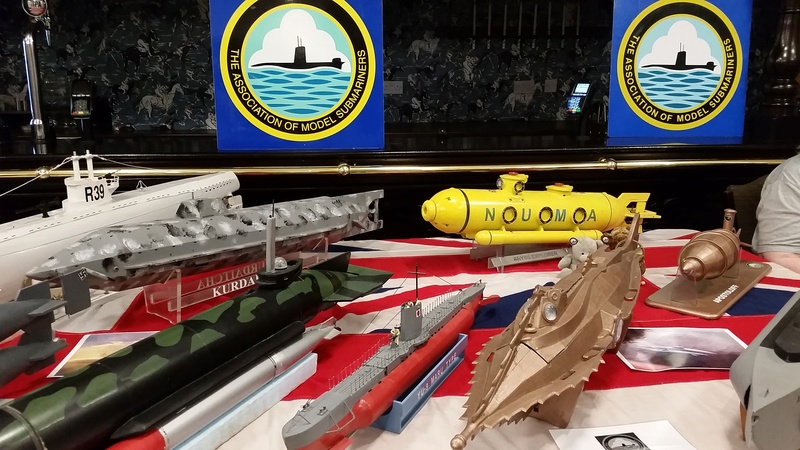

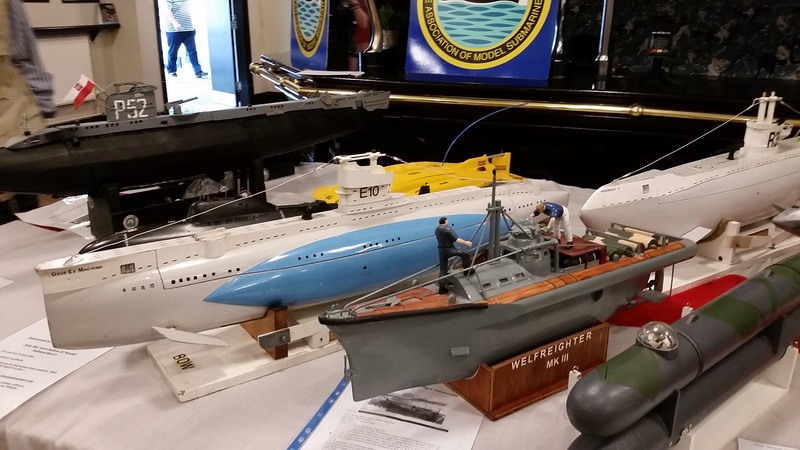
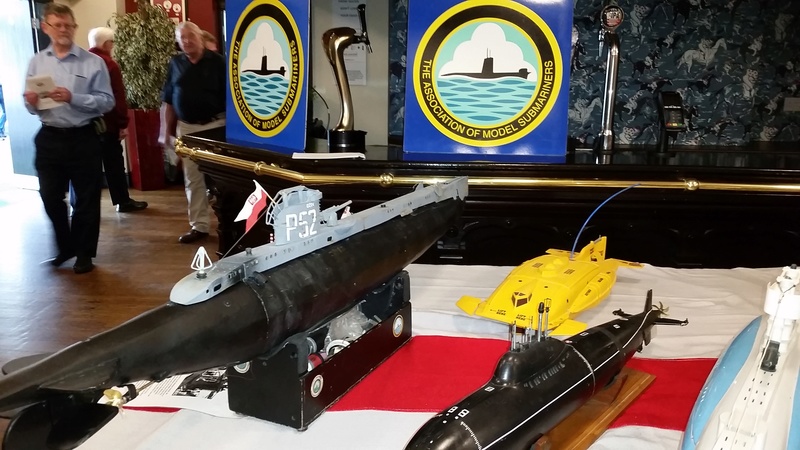




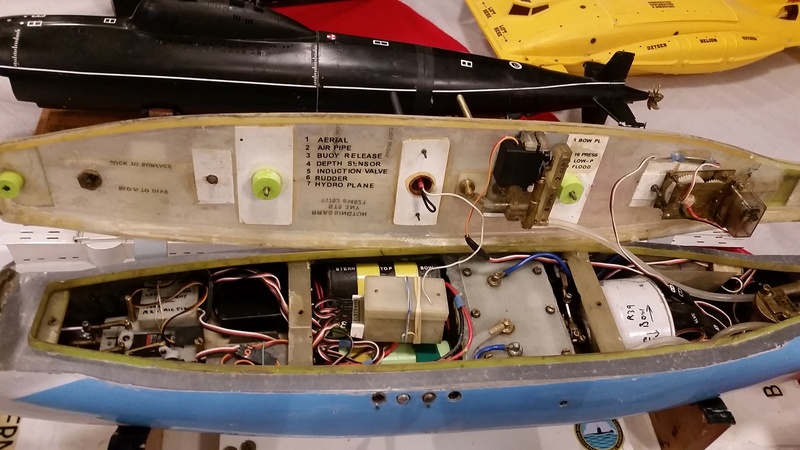

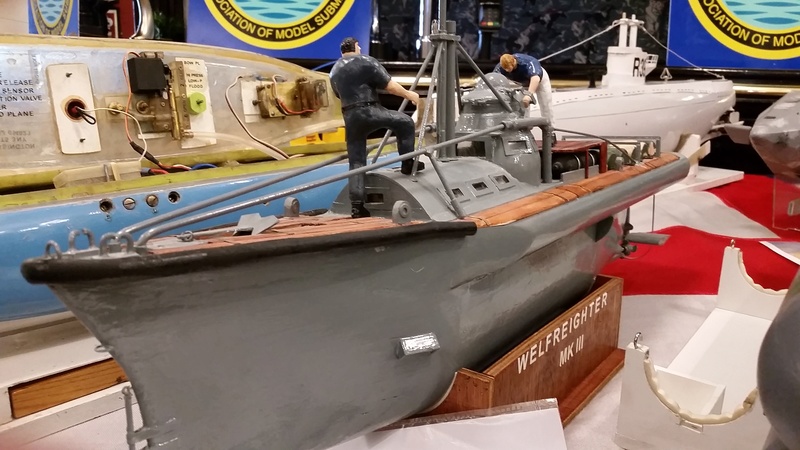
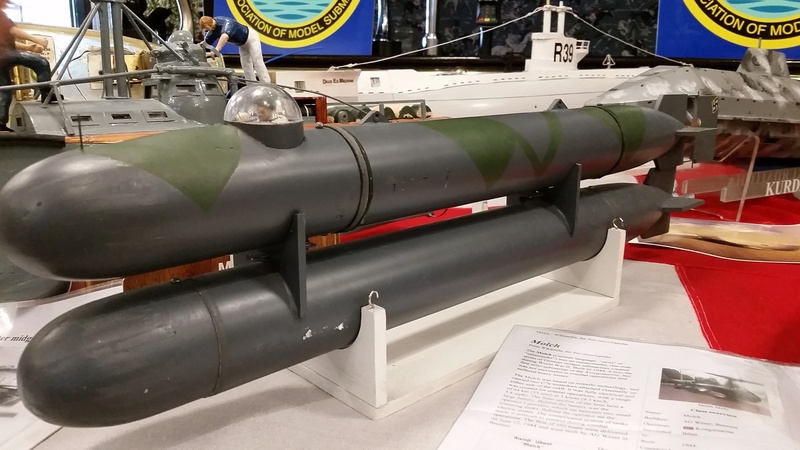
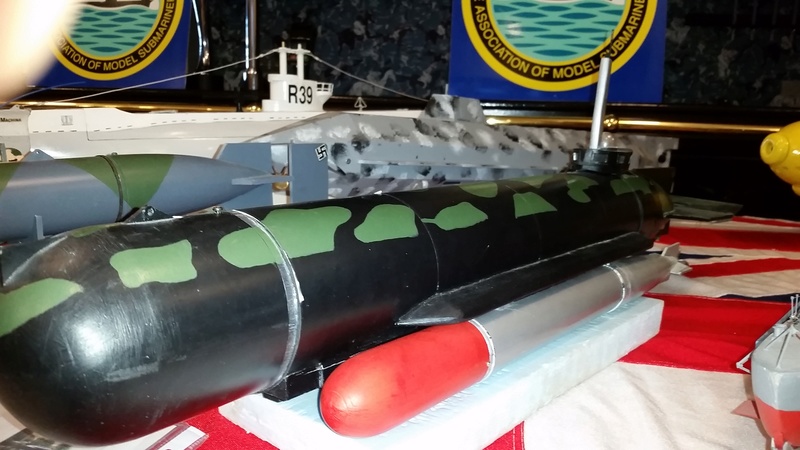
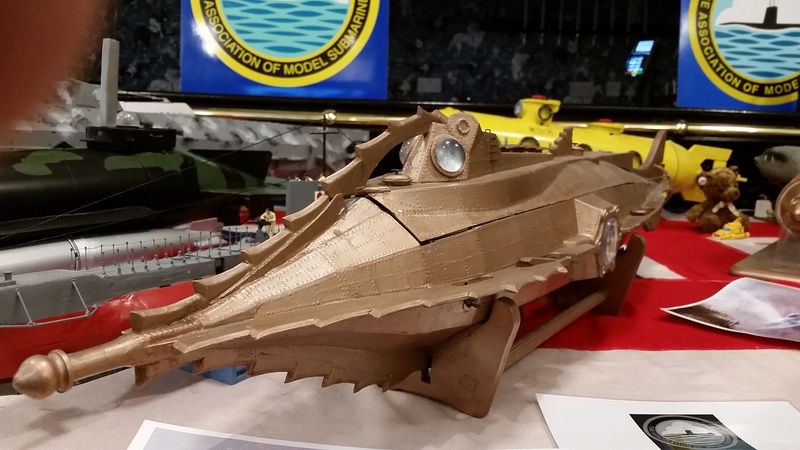
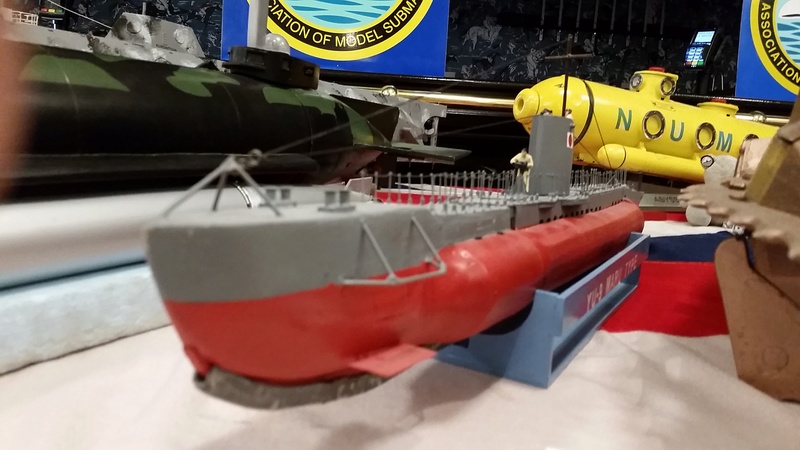
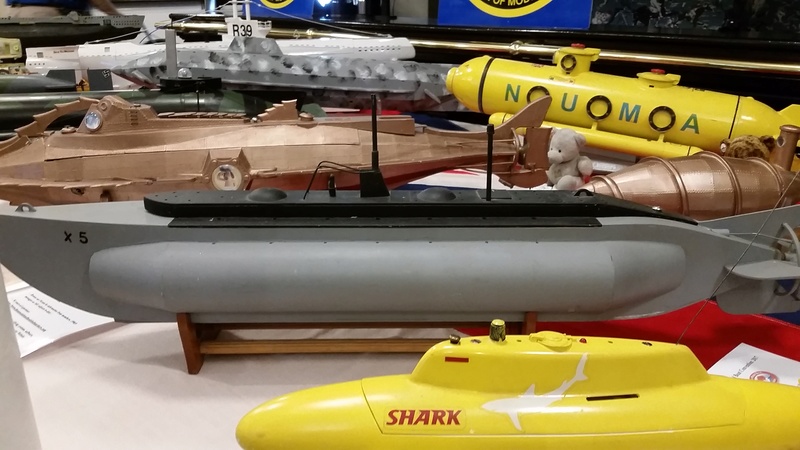


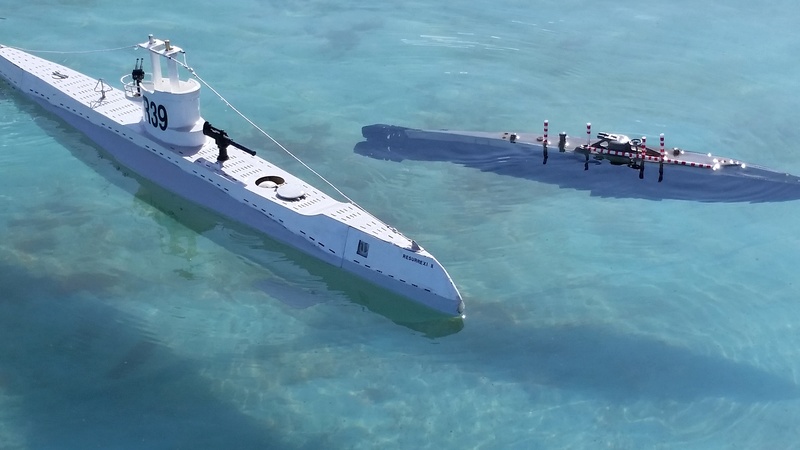






































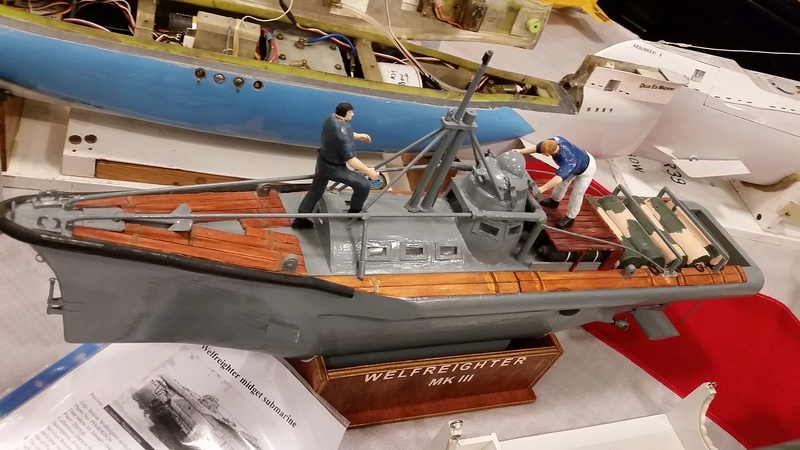
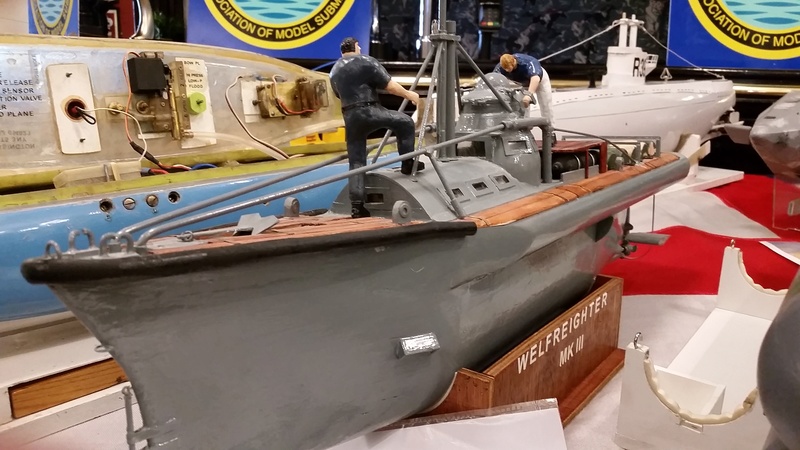

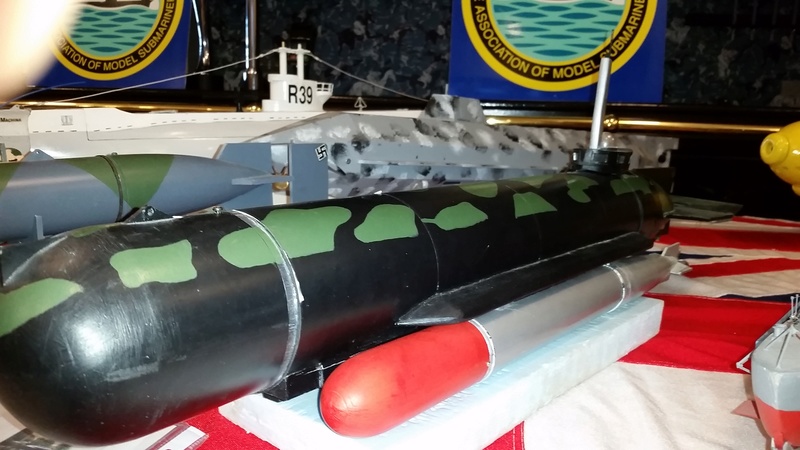
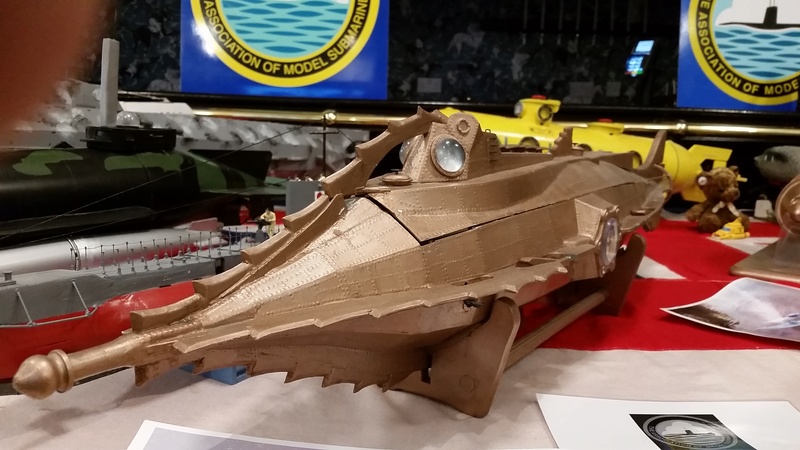

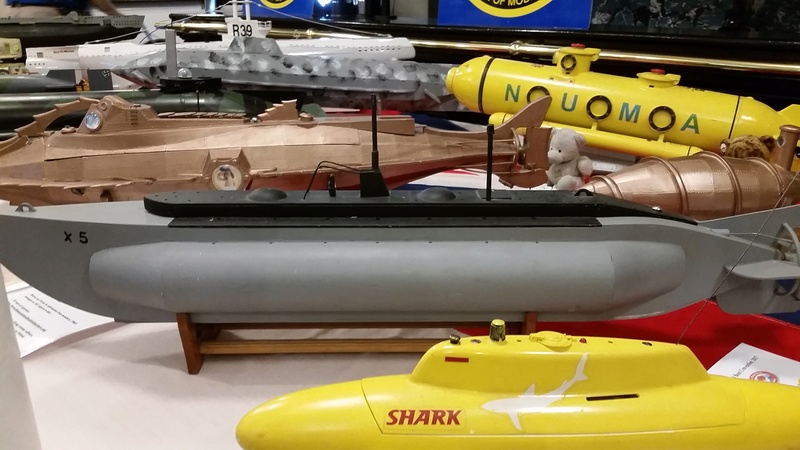

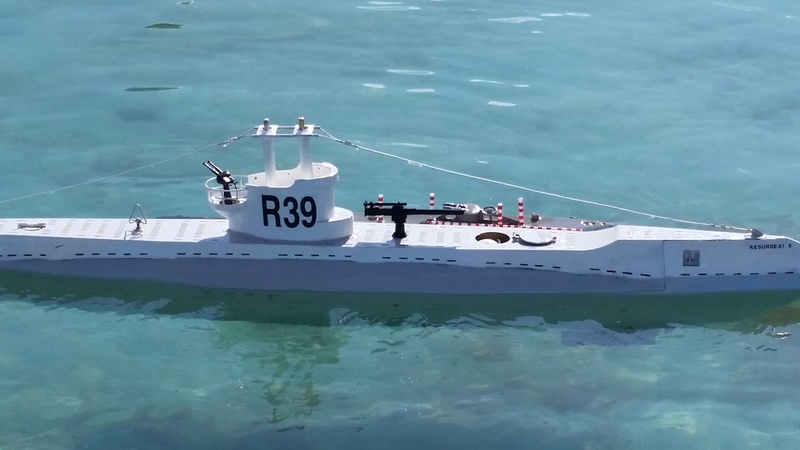

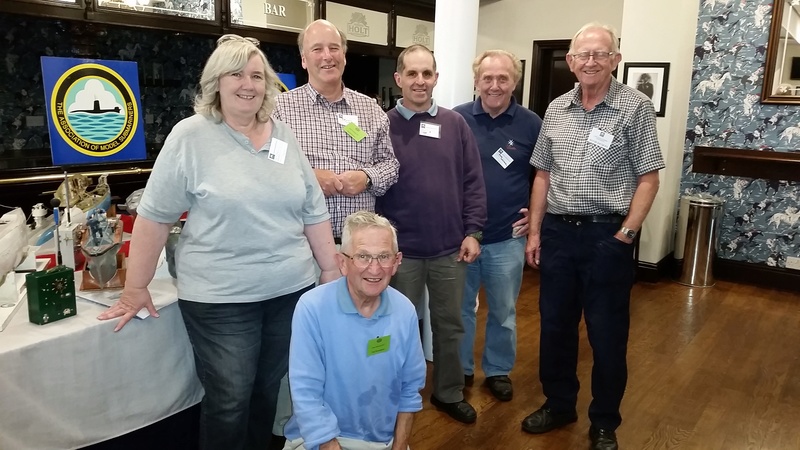
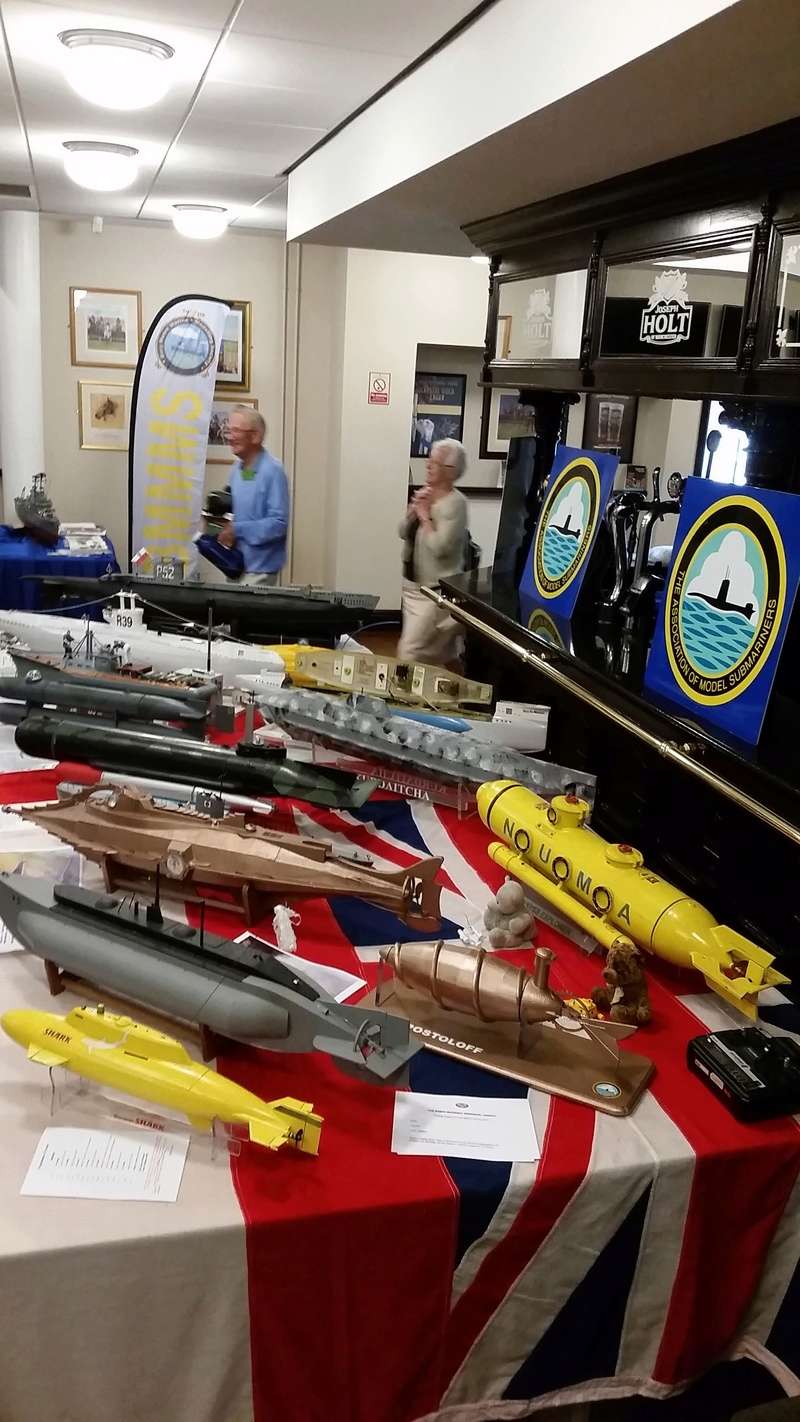
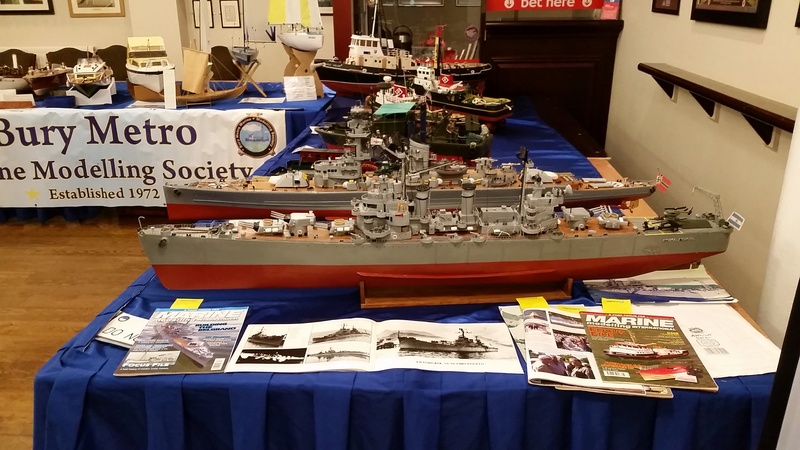
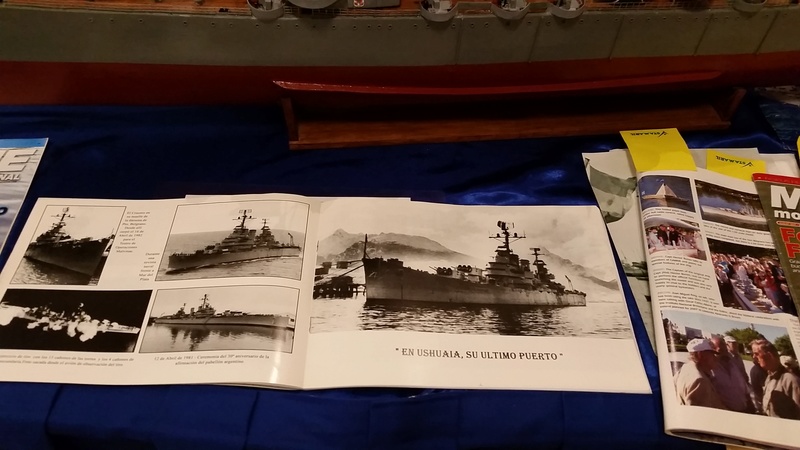
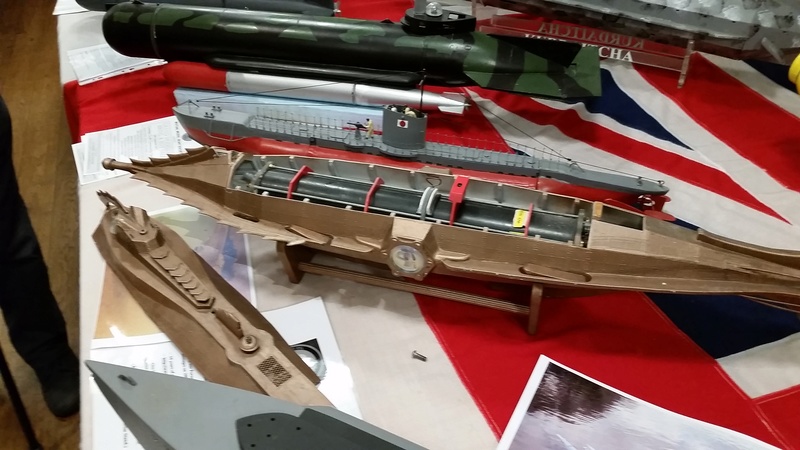

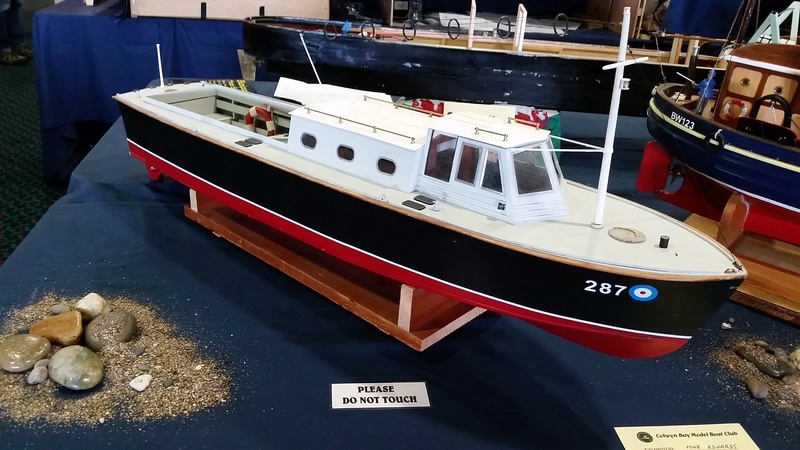
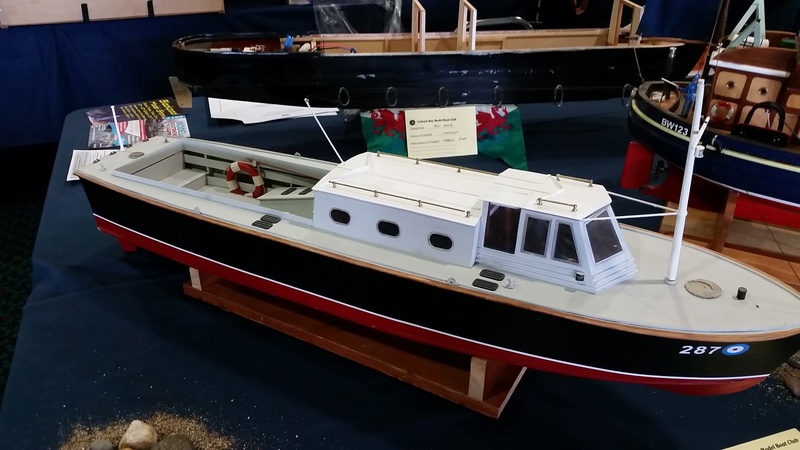

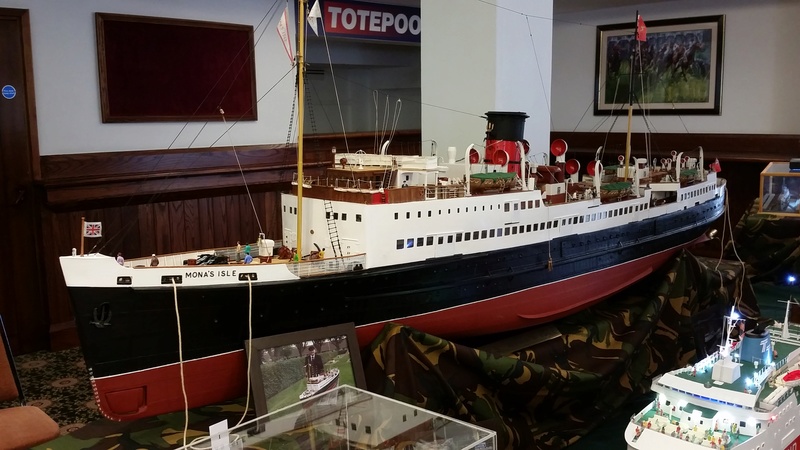






















































































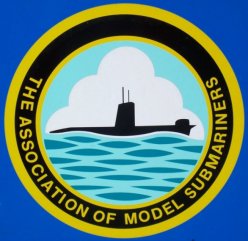



» RC Drift Gyro for pitch control
» WW2 mini sub build
» sonar data link
» Robbe Seawolf V2
» ExpressLRS - 868/915 Mhz equipment
» Flight controllers as sub levelers
» 868/915 Mhz as a viable frequency for submarines.
» Microgyro pitch controller corrosion